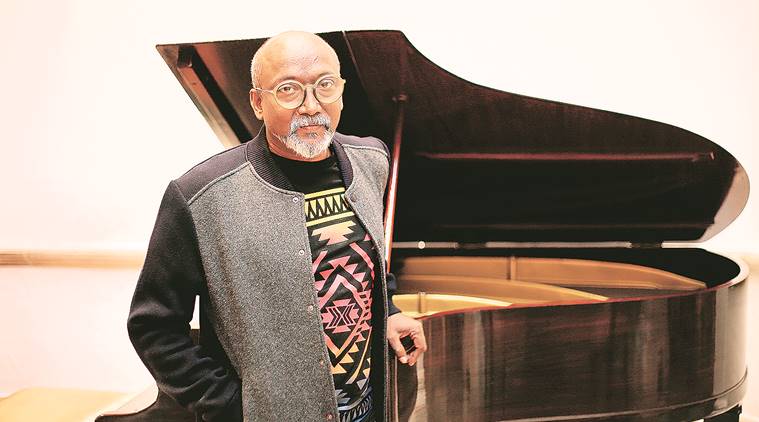Written by Shiny Varghese |Updated: January 16, 2019 7:58:32 am
The Kochi Design Biennale will bring tradition and technology on a collaborative platform
Bose Krishnamachari, President, and Sunil V, Secretary, of the Foundation about the vision, challenges and road map for Kochi Design Biennale. Read the interview here.

Even as the Kochi Biennale Foundation opened its fourth edition last month, the “artist-initiated organisation” announced that it would hold a Kochi Design Biennale (KDB) in 2021. We speak to Bose Krishnamachari, President, and Sunil V, Secretary, of the Foundation about the vision, challenges and road map for KDB. Excerpts from an interview:
What was the prompt for a design biennale?
Bose Krishnamachari (BK): We don’t have museums of design or architecture in the country. And yet, without aesthetics nothing exists in the world. You don’t consciously look for it, but the way you place your artwork, where you place your chairs, how you wear your glasses, or how you shape your eyebrows, is all part of aesthetics. When we educate our children in the values of art and culture, it includes design.
We’ve also been thinking of collaborations. These days, it’s not uncommon to have architects work with scientists or designers work with musicians. So that extended awareness to imbibe design, art and aesthetics from our everyday life is what we hope to showcase at the design biennale.
When you helmed the creative agency Wieden+Kennedy in Delhi, design played a major role in your campaigns for Indigo airlines and Make in India. How do you see the design biennale moving away from brand tags and becoming more accessible?

Sunil V (SV): When I do presentations for schools or design companies, I talk about what we eat, how we travel. I grew up in a house that sat between a temple and a mosque. My friends and I were in each other’s kitchens all the time. I talk about the aesthetics of food, about the sounds and smells that connect me to childhood. For instance, for the Onam pookalams (flower patterns), everyone is involved, from children who pick the flowers to the women who make the designs. You’re connected to everything around you. The way food is served on the banana leaf. And then you compare that to the Japanese bento box. Our old tiffin boxes with the screws and place for a spoon, you know a mother has thought about every detail in that box, from the neatness of it to its wholesomeness. It’s that level of aesthetics that’s not taught in schools. They only teach craft. At the design biennale, we hope to emphasise on that.
What’s the vision for the design biennale?
SV: When you search for craft on the internet, you see photos of poor people working on the floor. They may be making beautiful things but we don’t value them. We hope the design biennale will change that. We hope to bring back the pride in making and in our own aesthetics. We hope it will be a bridge to connect tradition and technology. Maybe, even have a world-class global conference on the process of design.
But nothing really comes out of conferences.






















No hay comentarios:
Publicar un comentario